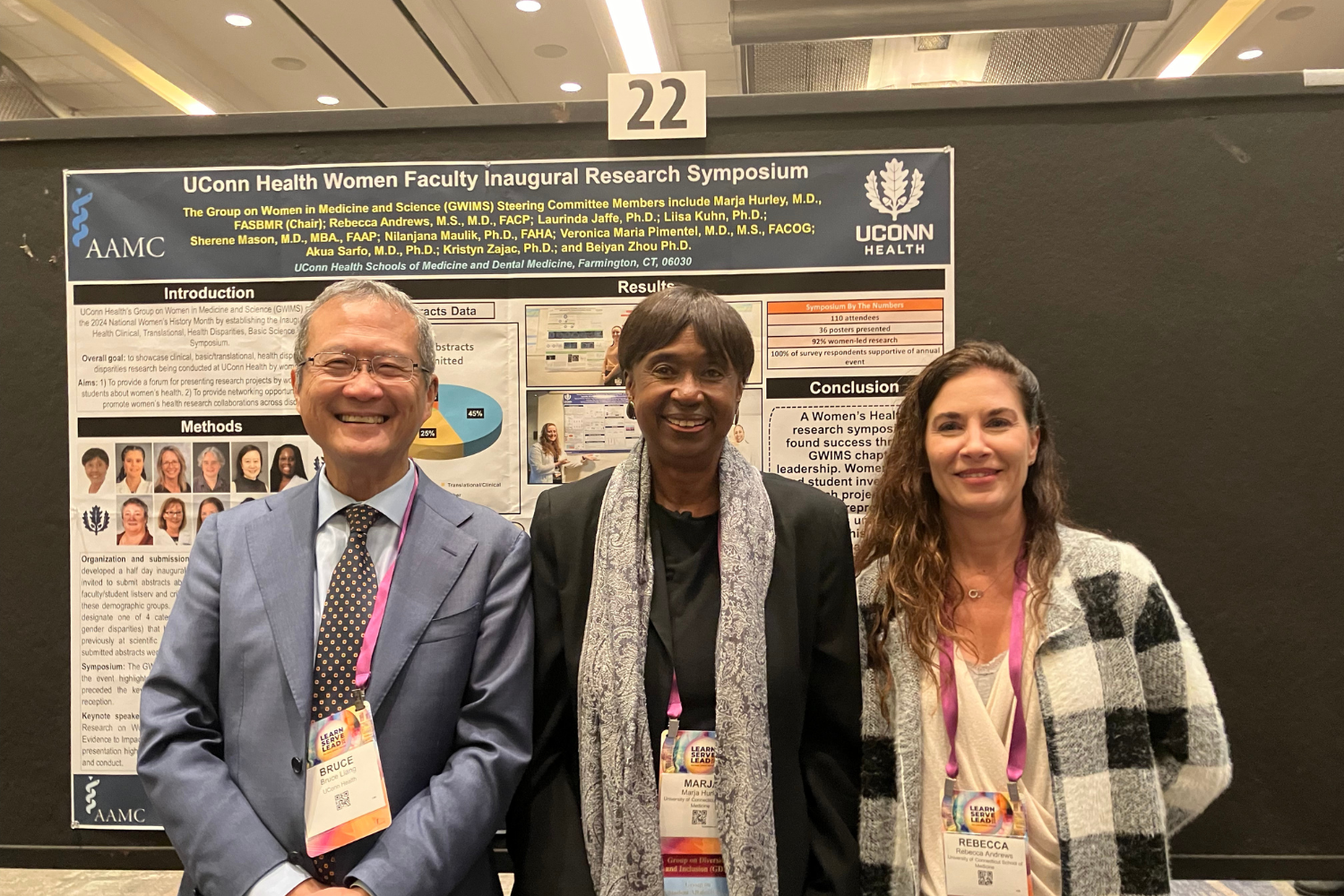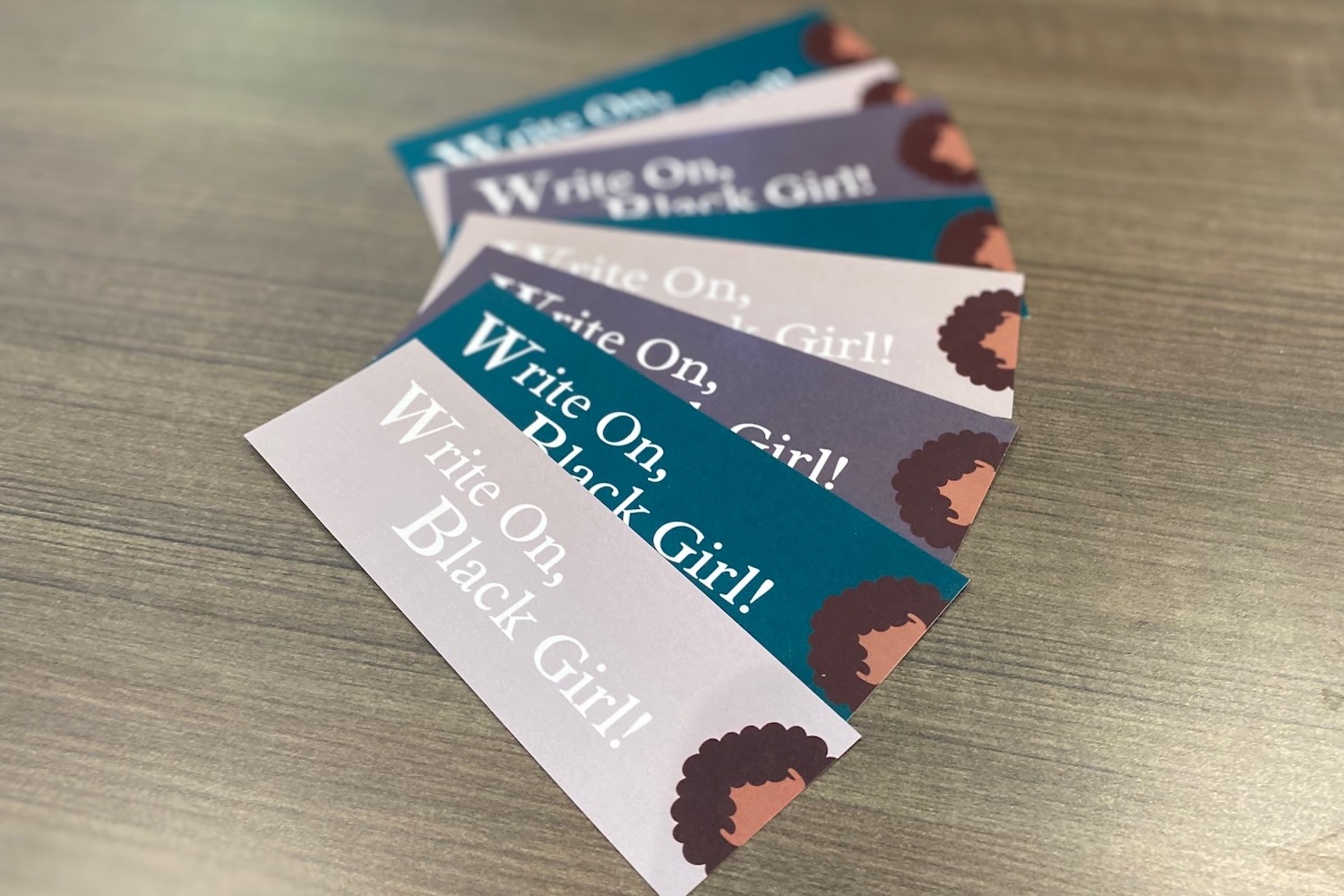
An international conference prompts reflections on the complex path to intercultural understanding.
By Jeremy Teitelbaum, Dean
College of Liberal Arts and Sciences
Around the corner from the Meridien Hotel in Delhi, India, not far from the seat of the national government, families sleep on the sidewalk. The traffic on the road from Delhi to Agra – a mere 120 miles distance – is so insane, such a frenzied mixture of automobiles, buses, trucks, donkeys, camels, pedestrians, motorbikes, and even elephants, that the trip takes five hours to complete.
The daytime temperature in Delhi at this time of year runs around 110 degrees Fahrenheit, and some overseas students studying at the University of Delhi spend a lot of money at Starbucks trying to escape the heat of their un-airconditioned dorms and classrooms.
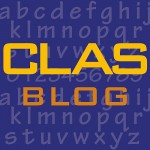 I can offer eyewitness confirmation of these facts, having returned a couple of weeks ago from a short trip to Delhi. Peter Nicholls, UConn’s provost, Ross Lewin, the director of Study Abroad, and I traveled to Delhi for a series of meetings surrounding UConn’s inauguration into Universitas 21 (U21), a prestigious international consortium of research universities. Professionally, the trip was a success; personally, it was less so.
I can offer eyewitness confirmation of these facts, having returned a couple of weeks ago from a short trip to Delhi. Peter Nicholls, UConn’s provost, Ross Lewin, the director of Study Abroad, and I traveled to Delhi for a series of meetings surrounding UConn’s inauguration into Universitas 21 (U21), a prestigious international consortium of research universities. Professionally, the trip was a success; personally, it was less so.
U21 has been in existence for 10 years. It includes major universities from the British Commonwealth, and several major Asian universities, including our host, the University of Delhi. The only other American university is Virginia.
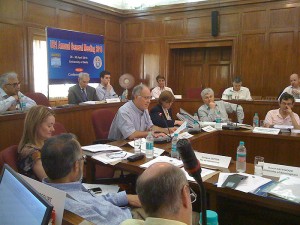
U21 facilitates “collaboration and cooperation between the member universities,” as noted on its website, and creates “opportunities for them on a scale that none of them would be able to achieve operating independently or through traditional bilateral alliances.” In practical terms, U21 helps facilitate student exchanges among the member institutions; it sponsors a range of collaborative research endeavors, supports a variety of online initiatives, and provides a platform for its member institutions to reach out across the world.
Already, a group of UConn undergraduate students, accompanied by Professor Michael Lynes of Molecular and Cell Biology, will travel to Australia to present their research in a global conference on undergraduate research. And soon, the Humanities Institute will send a representative to an international meeting sponsored by U21 on the use of new digital technologies in the humanities. The opportunities that U21 opens up for UConn students and faculty are the source of my professional satisfaction.
My personal regrets stem from the fact that my contact with India as a country was so limited. The conference was tightly scheduled, and the local organizers provided shuttle buses from the hotel to the meeting venue; buffet breakfasts, lunches, and dinners; and plenty of tea and cookies. They even arranged the event where I met two Dutch students who told me about Starbucks. Our trip to Agra did put me in a small car for a long time with fascinating people like President Yang Yu-Liang of Fudan University in Shanghai, but it was still an organized tourist excursion.
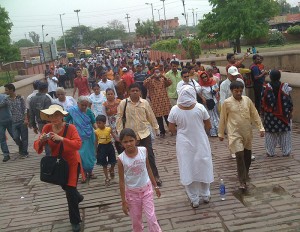
I think I was particularly disappointed because I feel differently about a trip I made to Hangzhou, China, several years ago. In Hangzhou, I wandered the streets at night, went into restaurants on my own, bought souvenirs in department stores, and rode the city bus. Every morning I would get up very early – it was just as hot in Hangzhou as in Delhi during the day – and wander the streets looking for lines of people buying breakfast. I’d get in line with them and order whatever seemed most popular for takeout, and ended up with a whole series of terrific dumpling breakfasts. I remember walking through the city park past the people practicing Tai Chi. Overall, I felt like I was really in China, even if only in a very tiny part of it. I don’t feel that way about India.
I think that a major difference between my trip to Hangzhou and my trip to Delhi was that in China, I was traveling as a mathematician, whereas in India, I was traveling as a dean. As a mathematician, my time was more flexible and I had more opportunity to get out in the city. Also, the level of service provided to me as a typical scientific visitor, while generous, was still less than that provided to me as a member of an official university delegation; and less service means you’re forced to be more adventurous. Perhaps most significantly, wherever I travel as a mathematician, I meet local mathematicians who are willing to show visitors around. I don’t think I would have been willing to wander the streets of Delhi on my own; I’d have wanted someone with local knowledge by my side.
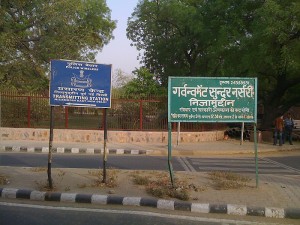
I can report one illuminating conversation from my trip. The approach to the Taj Mahal in Agra is besieged by hawkers selling all manner of souvenirs. After running this gauntlet, the organizer of our excursion, a Delhi native, said to me “Now you see why India’s GDP grows at 10 percent annually.” What I had seen as a huge annoyance, he saw as the very essence of entrepreneurial energy. That brief exchange just drove home to me that I didn’t have the background to understand what I was seeing in India, but it also underscored how much there is to learn about the country. Maybe next time I’ll have a chance to do more exploring.
Comments? Send them to: dean@clas.uconn.edu
The College of Liberal Arts and Sciences has 23 departments in the sciences, humanities, and social sciences, ranging from physics to philosophy, and more than 15,000 students, 600 faculty, and 83,000 alumni. Check out our three initiatives: Health and Human Behavior, the Environment, and Culture and Society.
Other CLAS Blog posts:
A Step Closer to Science Fiction?
Academic Freedom Meets Freedom of Information
Ambition and Intrigue in the Court of Henry VIII
A Civil Conversation on Contentious Issues
Meditations on A(nother) Snow Day
Coming to Grips with Climate Change
Ideas — The Psychological Currency of the University
Will ‘Crowdsourcing’ Revolutionize Scholarship?
Citizenship, Marriage, and Mosques: Problems in the Applied Humanities
Of Deans and English Professors
UConn Over Yale and Other Tales from Jim Draper ’41
